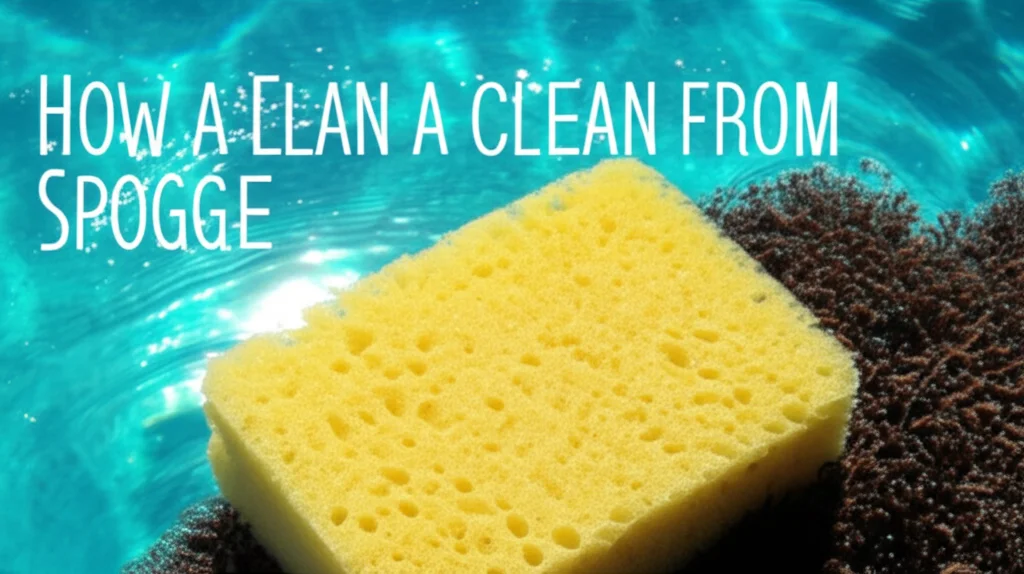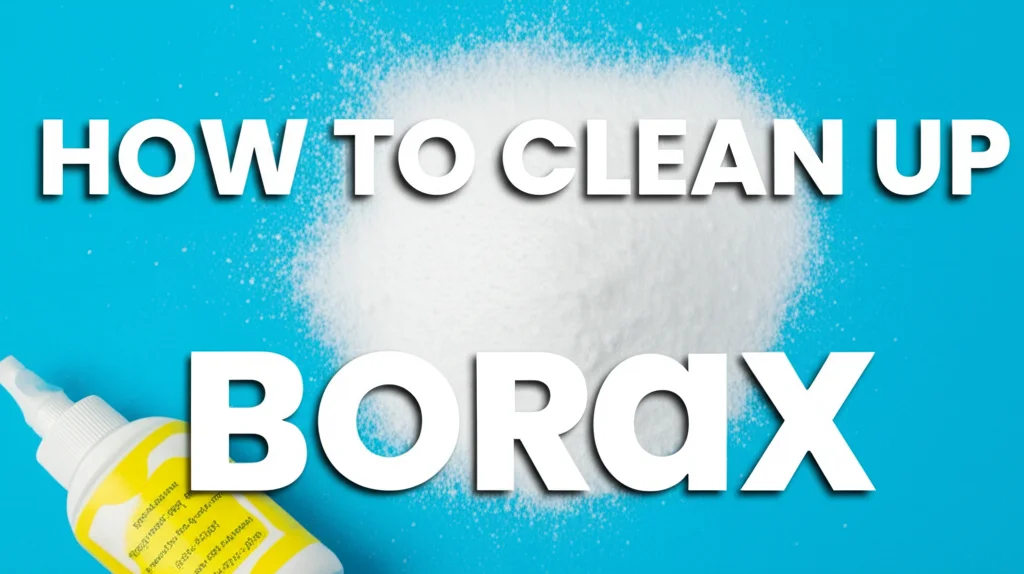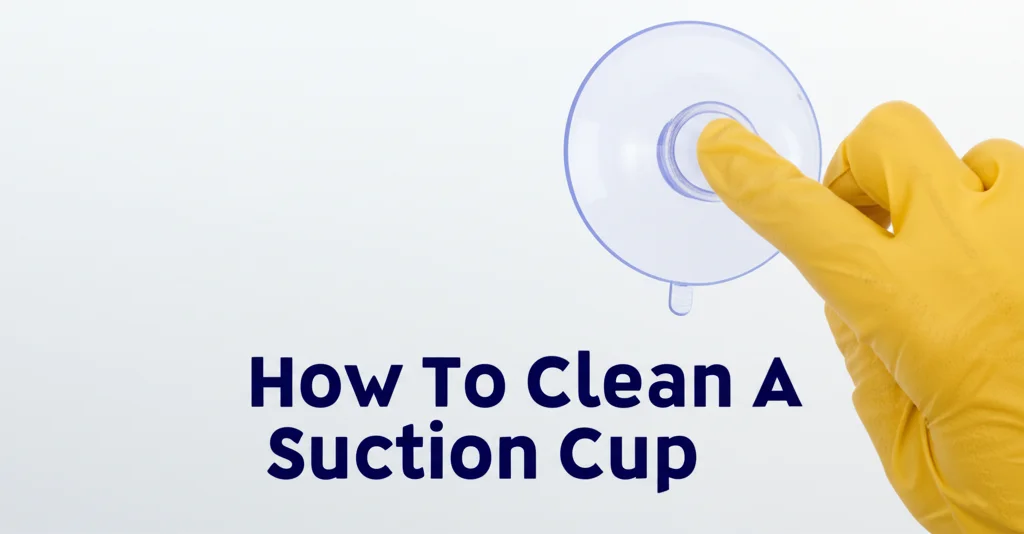· Cleaning Tips · 7 min read
how to clean a sponge from the ocean

Cleaning Your Ocean Treasure: How to Clean a Sponge from the Ocean
Have you recently brought home a beautiful, natural sea sponge? These incredible gifts from the ocean are fantastic for cleaning, bathing, and even artistic projects. But, unlike synthetic sponges, a sponge from the ocean needs a little extra care to keep it fresh and functioning at its best. This article will guide you through everything you need to know about how to clean a sponge from the ocean, ensuring it lasts for years to come. We’ll cover everything from initial rinsing to deep cleaning and proper storage.
Here’s a quick answer: To clean a sea sponge, gently rinse it under cool, running water, squeezing to remove debris. Soak it in a solution of cool water and a small amount of mild detergent (or vinegar) for 30 minutes, then rinse thoroughly. Allow it to air dry completely, away from direct sunlight.
Key Takeaways:
- Rinse regularly after each use.
- Use mild cleaning solutions.
- Ensure complete drying to prevent mildew.
- Avoid harsh chemicals and heat.
Why Clean a Natural Sea Sponge?
Natural sea sponges are different from the synthetic sponges you find at the store. They are living organisms, and while they’ve been harvested, they still benefit from proper care. Cleaning your ocean sponge isn’t just about hygiene; it’s about preserving its natural structure and extending its lifespan. A clean sponge is a happy sponge, and a happy sponge will provide you with years of gentle, effective cleaning. Ignoring cleaning can lead to trapped debris, unpleasant odors, and ultimately, a sponge that doesn’t perform as well.
Understanding Your Ocean Sponge
Before diving into cleaning methods, let’s understand what you’re working with. Sea sponges are made of a skeletal structure called spicules, which give them their unique texture and cleaning power. These spicules are delicate, so harsh handling can damage them. Different types of sea sponges exist, each with varying levels of density and pore size. Wool sponges are soft and ideal for bathing, while honeycomb sponges are more durable and great for general cleaning. Knowing your sponge type will help you choose the best cleaning approach.
Identifying Common Debris
When you first get your sponge, or after several uses, you’ll likely find some debris. This can include sand, small shells, bits of seaweed, or even tiny marine organisms. Don’t worry, this is perfectly normal! Carefully removing this debris is the first step in cleaning your sponge. You might even find small pieces of the sponge itself – these are natural and harmless.
The Initial Rinse: Removing Surface Debris
The first step in cleaning your sponge is a thorough rinse. Hold the sponge under cool, running water and gently squeeze it to release any loose sand, shells, or other particles. Avoid using hot water, as this can shrink or damage the sponge’s structure. Continue rinsing until the water runs clear. This initial rinse is crucial for removing the bulk of the debris and preparing the sponge for a deeper clean.
Deep Cleaning Your Sea Sponge
While regular rinsing is important, a deep clean is necessary every few weeks, or whenever the sponge starts to feel less effective. This removes accumulated dirt, oils, and potential bacteria. Here are a few effective methods:
Vinegar Soak: A Natural Disinfectant
Vinegar is a fantastic natural cleaner and disinfectant. Mix one part white vinegar with three parts cool water. Submerge the sponge in the solution for about 30 minutes. The vinegar will help to loosen dirt and kill any bacteria. After soaking, rinse the sponge thoroughly under cool water until the vinegar smell is gone.
Mild Detergent Solution: Gentle and Effective
For a gentler approach, use a mild, phosphate-free detergent. Mix a small amount of detergent (about a teaspoon) with a quart of cool water. Soak the sponge for 30 minutes, then rinse thoroughly. Ensure all traces of detergent are removed, as residue can irritate skin. This method is particularly good for removing oils and grease.
Baking Soda Paste: For Stubborn Stains
If your sponge has stubborn stains, create a paste of baking soda and water. Gently rub the paste onto the stained areas, let it sit for 15-20 minutes, and then rinse thoroughly. Baking soda is a mild abrasive that can help lift stains without damaging the sponge. It also helps to neutralize odors.
Drying Your Sponge Properly
Proper drying is arguably the most important step in caring for your sea sponge. A damp sponge is a breeding ground for mildew and bacteria.
Air Drying is Key
Gently squeeze out as much water as possible from the sponge. Then, place it in a well-ventilated area, away from direct sunlight or heat. Direct sunlight can fade the sponge and make it brittle. Avoid using a dryer, as the heat will damage the sponge’s structure. Allow the sponge to air dry completely, which may take several days depending on humidity.
Ensuring Complete Dryness
To ensure complete dryness, you can place the sponge on a clean towel and gently press down to absorb any remaining moisture. You can also turn the sponge periodically to expose all sides to the air. A fully dry sponge will feel firm and slightly brittle.
Storage Tips for Long-Lasting Sponges
Once your sponge is completely dry, proper storage will help maintain its quality.
Cool, Dry, and Ventilated
Store your sponge in a cool, dry, and well-ventilated area. Avoid storing it in a plastic bag, as this can trap moisture and promote mildew growth. A mesh bag or an open container is ideal.
Avoid Direct Sunlight
As mentioned before, direct sunlight can damage the sponge. Choose a storage location that is out of direct sunlight.
Rotate Your Sponges
If you have multiple sea sponges, rotate their use. This allows each sponge to dry completely between uses and extends their overall lifespan.
Frequently Asked Questions (FAQs)
Q: Can I use bleach to clean my sea sponge? A: No, absolutely not. Bleach is far too harsh and will damage the delicate structure of the sponge, breaking down the spicules and shortening its lifespan. Stick to natural options like vinegar or mild detergent.
Q: How often should I clean my sea sponge? A: Rinse your sponge after each use. A deep clean with vinegar or detergent should be done every 2-4 weeks, depending on how frequently you use it.
Q: My sponge smells musty. What should I do? A: This indicates mildew growth. Soak the sponge in a vinegar solution (1 part vinegar to 3 parts water) for several hours, then rinse thoroughly and ensure it dries completely.
Q: Can I use my sea sponge for cleaning surfaces other than my body? A: Yes! Sea sponges are excellent for cleaning delicate surfaces like furniture, cars, and even dishes. Just be sure to dedicate a sponge for each purpose to avoid cross-contamination.
Q: How long will a sea sponge last? A: With proper care, a sea sponge can last for several years. Regular cleaning and thorough drying are key to maximizing its lifespan.
Conclusion: Enjoying Your Sustainable Sponge
Cleaning a sponge from the ocean is a simple process that ensures you get the most out of this natural treasure. By following these steps – regular rinsing, deep cleaning with gentle solutions, and proper drying and storage – you can enjoy a long-lasting, effective, and sustainable cleaning tool. Remember, a little care goes a long way in preserving the beauty and functionality of your ocean sponge. So, go ahead and enjoy the gentle cleaning power of the sea!




